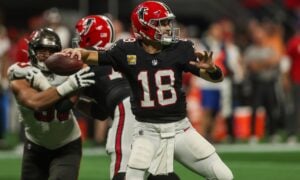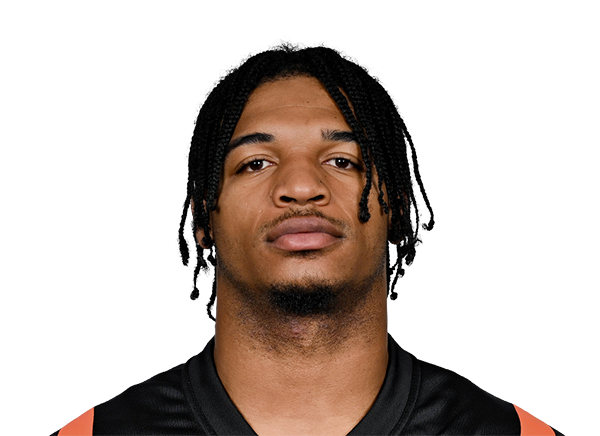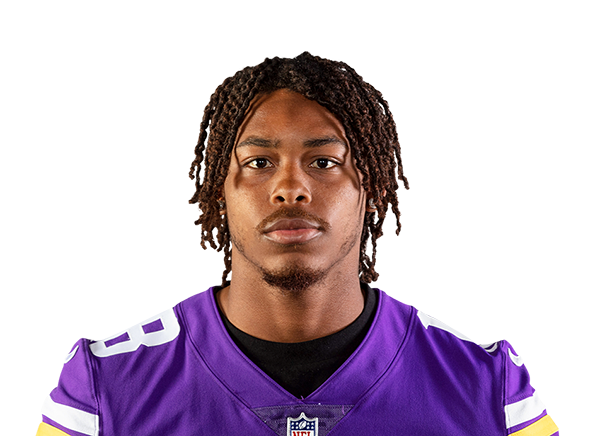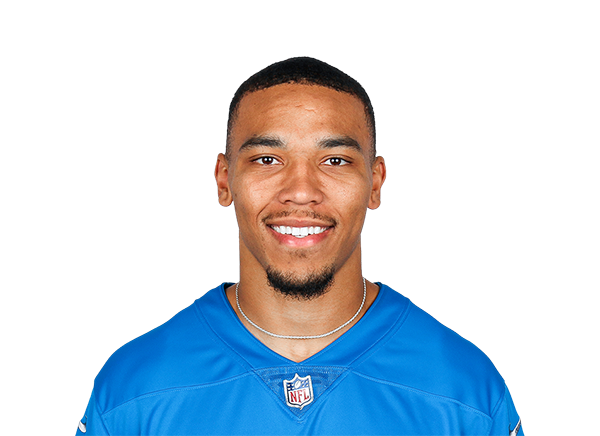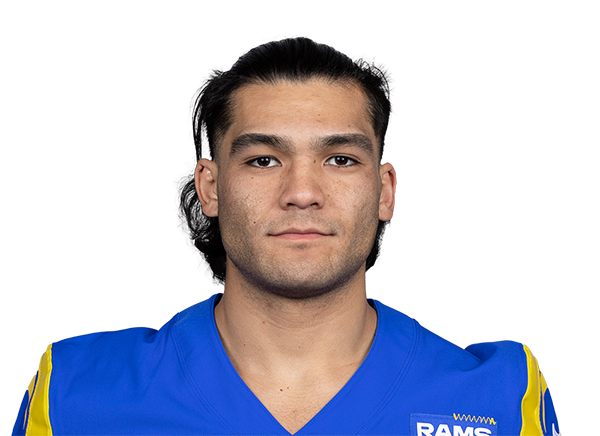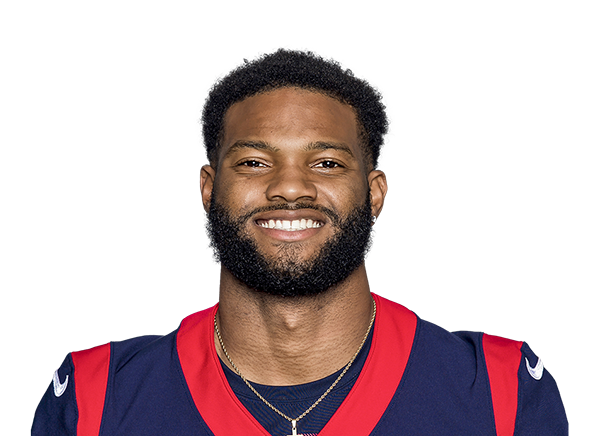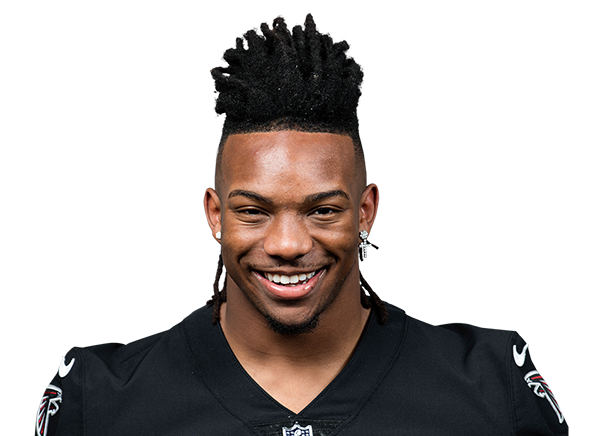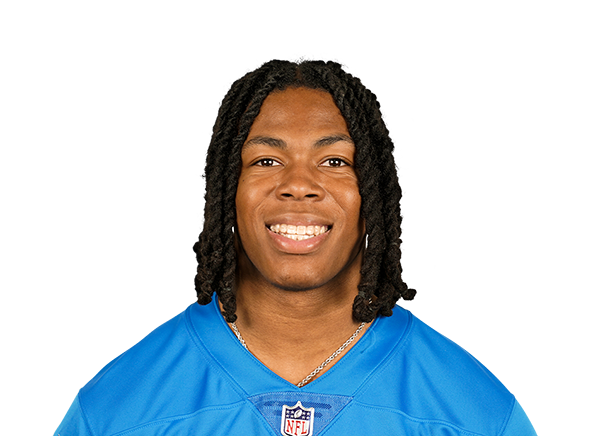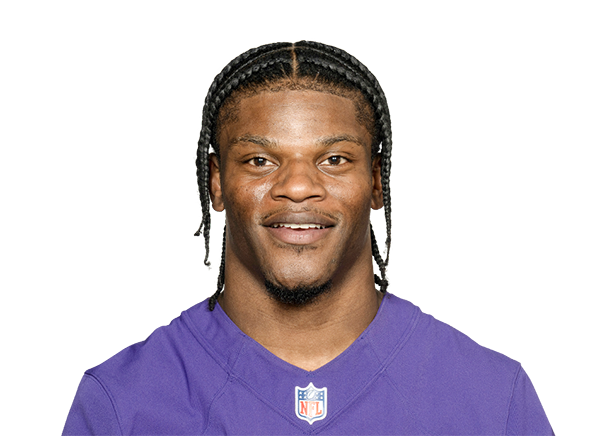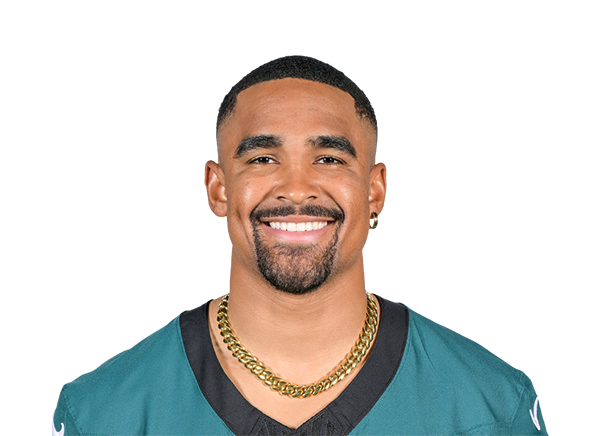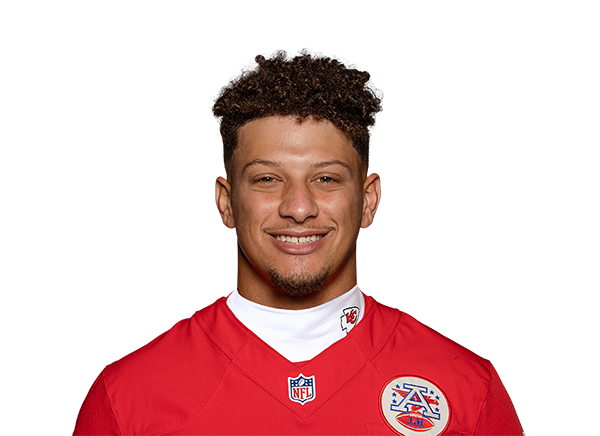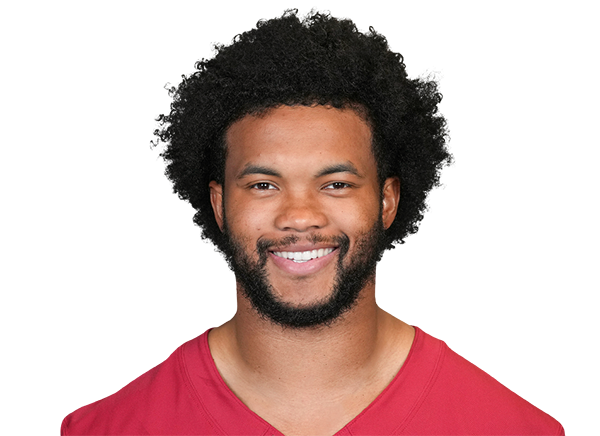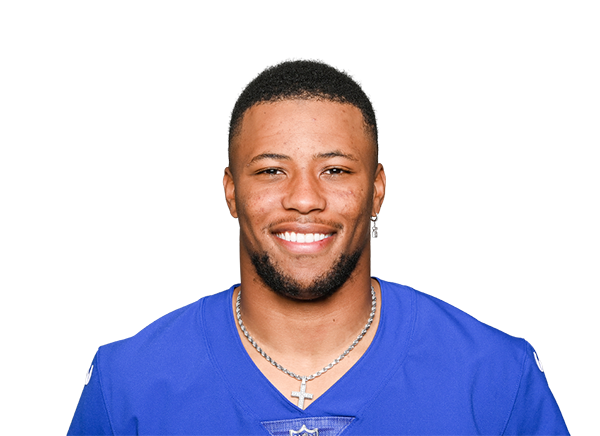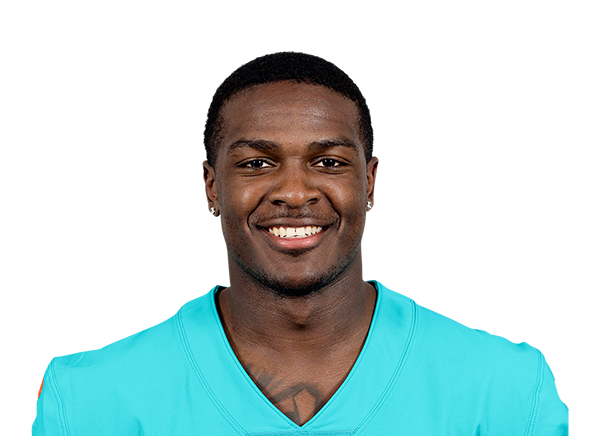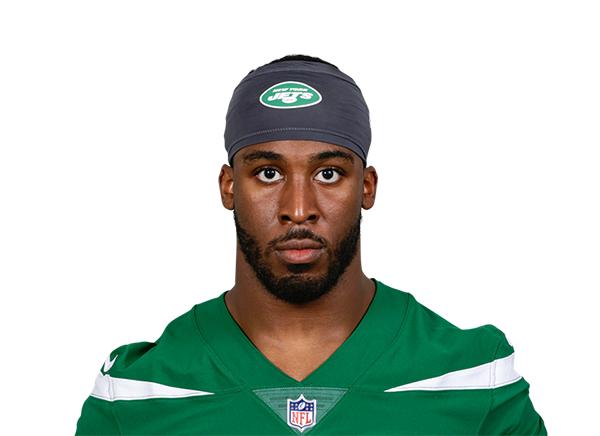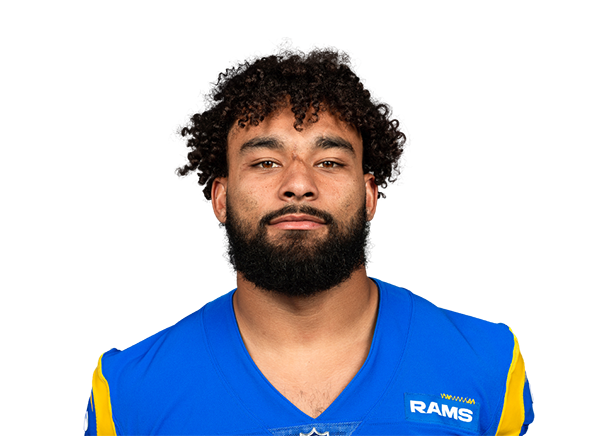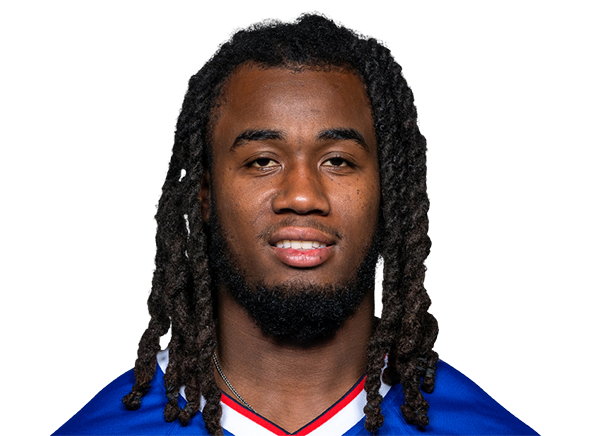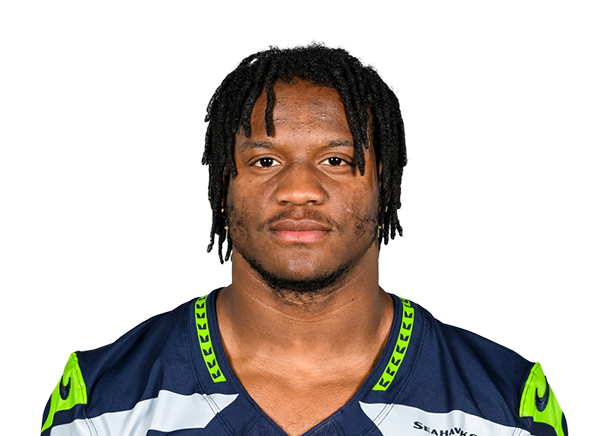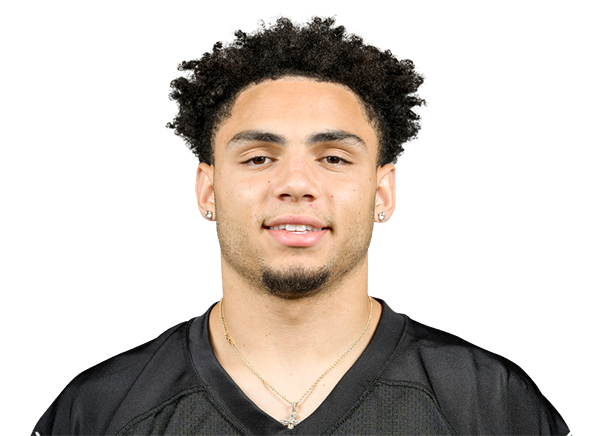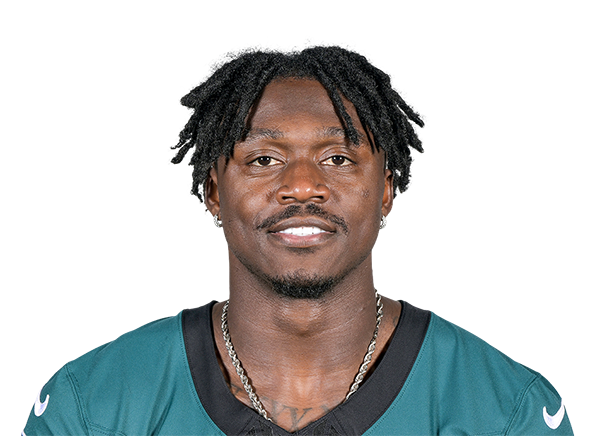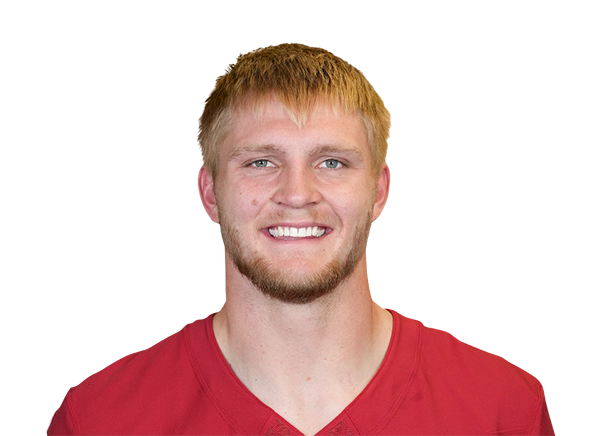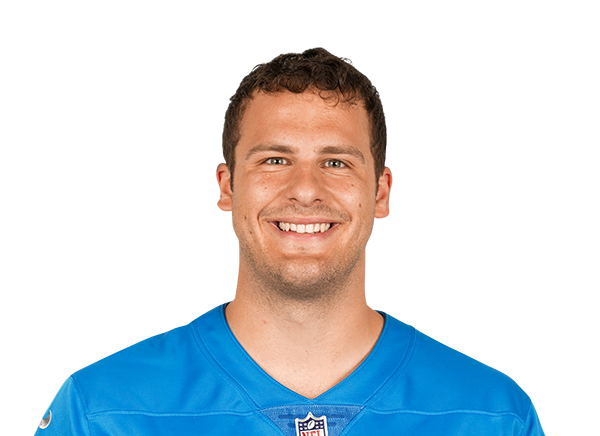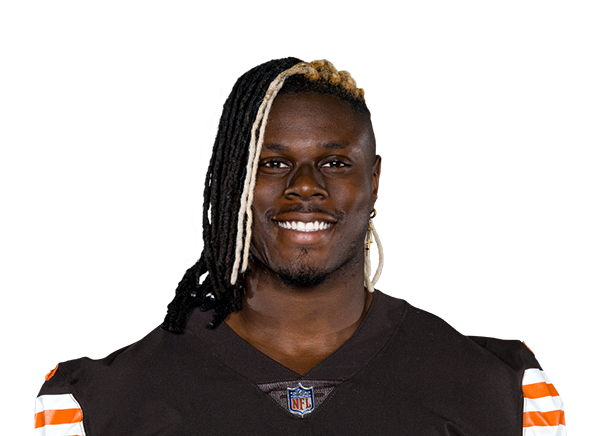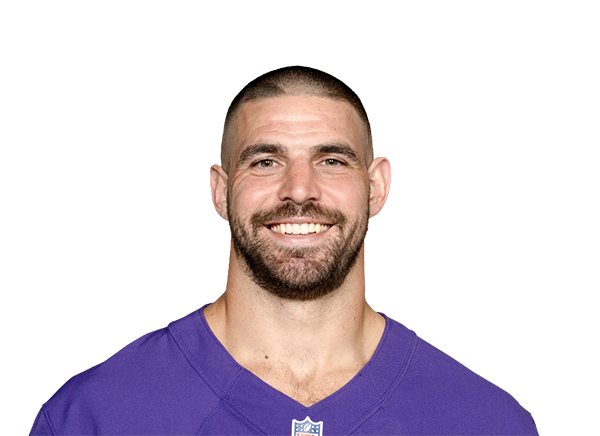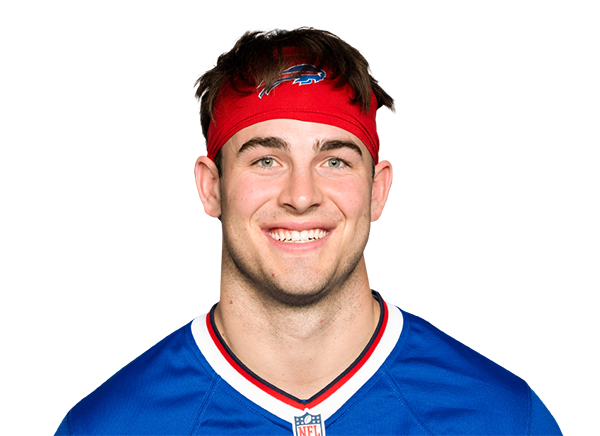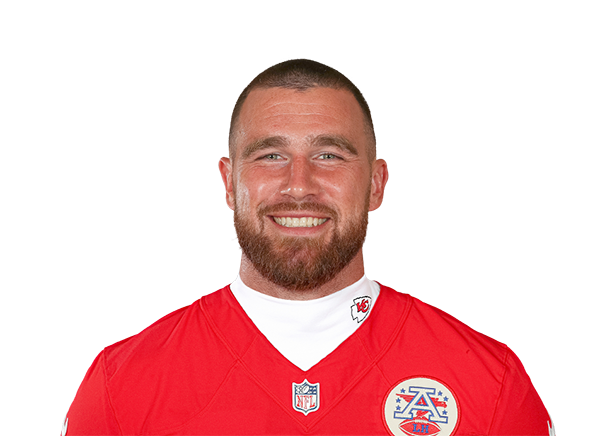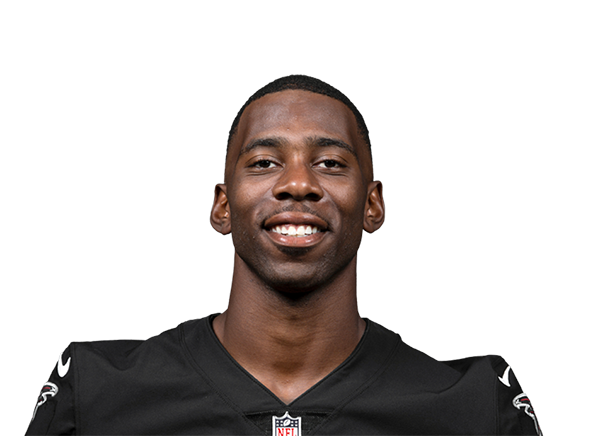Positional Strengths of the 2025 NFL Draft: IDP Edition
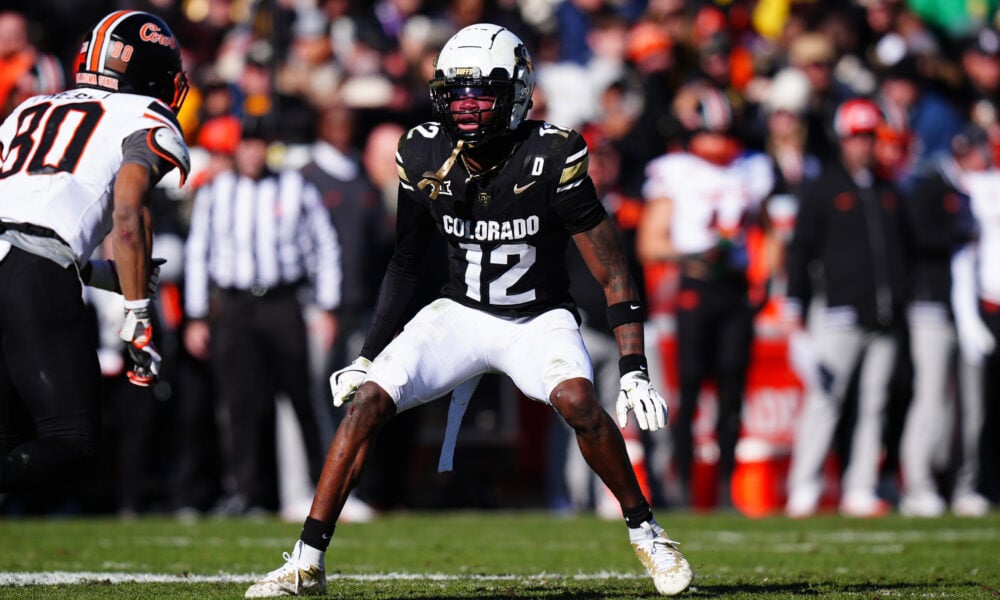
Overall, the 2025 NFL Draft’s defensive prospects haven’t gotten a lot of love this year, and I get the sentiment. With a deep running back class, some interesting options at tight end, and a pool of wide receivers with a wide range of outcomes, it makes sense to take lots of swings on skill positions during the first few rounds of dynasty rookie drafts, and hope for a home run or two. I’d argue that by ignoring IDP in the early part of those drafts, you’ll be missing out on some potential elite assets. This article provides a high-level look at the positions that have the most to offer.
Linebacker Is Actually Loveable
This isn’t a deep linebacker class, but I really like the elite potential of my top two, and the prospects of another five. Given the value that off-balls carry in most leagues – tackle-heavy or not – having a handful that could quickly find themselves among the top 30 overall dynasty off-balls is enough to push linebacker to the top of this list.
If you’re in a league that mandates at least three starting linebackers or has a tackle-heavy scoring system, any off-ball that goes in round one or two should be in consideration for round two in dynasty rookie drafts. Anyone taken in round three or early in round four could be considered as early as round three.
Alabama’s Jihaad Campbell is the crème de la crème of this class, and should come off the board on Thursday night. At 6-foot-3, 235, and with an 80-inch wingspan, he’s a long athlete who covers ground quickly whether in pursuit sideline-to-sideline or turning and running with receivers. Campbell has an pass rush background and it shows as a blitzer and as a tackler in the open field. UCLA’s Carson Schwesinger is a close second to Campbell as a plug-and-play three-down spark plug. The UCLA product is like an electric vehicle – he instantly accelerates – and does a good job of keeping himself free of blocks to make plays. I really like both of these off-balls and would be surprised if they weren’t making a fantasy impact by the second half of the 2025 season.
One tier below Campbell and Schwesinger are South Carolina’s Demetrius Knight Jr and Ole Miss’ Chris Paul Jr. They’re very different players. Knight (6-1, 235) spent six years at two different schools, and is already 25. He’s a physical run filler and adept blitzer, and moves well – especially downhill. If he’s in a scheme that doesn’t overcomplicate pass coverage for linebackers, he could see three-down work early. Paul is younger (22) and smaller (6-0, 222), and while he doesn’t lack for tenacity or range, has to keep himself free of blocks due to size and length limitations. In the right situation, Knight and/or Paul could provide us with year one starts.
Oklahoma’s Danny Stutsman, Oregon’s Jeffrey Bassa and Georgia’s Smael Mondon Jr are all day two possibilities. I have them all tiered below Knight and Paul, due to various deficiencies, but all are worthy dart throws in rounds six or seven of rookie drafts.
That gives us two potential elite prospects, two additional projected starters, and a handful of off-balls who could provide roster value. Not bad at all!
One Elite Edge Tops a Deep Pool
We could see as many as 20 edge rushers drafted by the time Friday night wraps up. With that type of depth, you should be examining the edge groups of your current fantasy franchises and aggressively trying to trade away the fringy assets. Many of them will see the window close on any opportunity to make a meaningful impact for fantasy. And it’s not that I like any and all edge rushers that will be taken by round three – the majority of them will also be fringy dynasty assets, and will mostly serve to muddy the waters on depth charts.
The top edge rush prospect is the one that everyone should have a high level of confidence in becoming a difference maker in real life and in fantasy: Penn State’s Abdul Carter. A likely top three pick, Carter has some of the traits that should elevate him to elite status. He explodes off the line, has an array of pass rush moves, shows good bend around the edge and closes ground quickly. Even at 6-foot-3, 250, he lacks a consistent power element to his rush, and isn’t great at shedding blocks and setting the edge vs. the run. Regardless, Carter is one of two defensive players who should be in consideration for the first IDP off the board in rookie drafts except in tackle-heavy setups, where the top linebackers have a built-in advantage due to scoring.
Marshall’s Mike Green is my second edge. Though not quite as lengthy as Carter, Green also boasts explosion and a quick first step off the line, and he has adequate bend. I’m not alone in saying Green is one of the more fun edge rush prospects to watch with his lateral agility and quick reactions. He shows better power than Carter, but like Carter has work to do vs. the run.
My next three edges – Georgia’s Jalon Walker and Mykel Williams, and Texas A&M’s Shemar Stewart – all have starting to elite upside for fantasy, and all have decent bust potential. I like Walker the best as a hybrid off-ball/edge, and his explosive movements suggest he has a home as a nine-technique where he can use his closing speed and quick change of direction to keep tackles off-balance. He also generates good power on his rush. For dynasty, we should hope he turns out to be a Frankie Luvu-like full-time defender. If the team that drafts him wants him to focus on edge-only, he’ll likely be stuck in a situational pass rusher role for a year or two. Neither Williams nor Stewart boast the production to match their athletic traits, and therefore come with higher risk. Given both will likely come off the board on Thursday night in the upper half of the first round, they’ll likely both require higher dynasty draft capital to acquire than I’m willing to invest.
There are certainly other edges that should garner attention from a fantasy perspective pre-draft. Boston College’s Donovan Ezeiruaku and Tennessee’s James Pearce Jr should slide in as early career situational pass rushers, and Ohio State’s JT Tuimoloau is a strong pocket collapser who could really develop into a factor in time. I can’t see any of the other prospects getting into the first round.
Fantasy Impact Doesn’t Live Up to Reputation of Tackle Class
There’s consensus among NFL Draft pundits that this is one of the strongest drafts in recent memory for defensive tackles, and that rings true. I have doubts about that holding up for fantasy. While deep – with at least 12 that should find homes before the third round wraps up – we lack a consensus elite fantasy difference-maker. One could emerge from Ole Miss’ Walter Nolen, the Michigan duo of Mason Graham and Kenneth Grant, and Oregon’s Derrick Harmon, but I’m not positive enough here to move tackle over linebacker or edge.
I’m in the minority with Nolen as my favorite of the bunch. He’s a seriously strong three-technique with ideal off-the-line quickness. His effectiveness is inconsistent though, and he has a tendency to stall and lose track of what’s happening beyond the lineman in front of him. Graham is the consensus favorite with his quickness, explosion and relentless play, but never had more than three-and-a-half sacks or seven-and-a-half tackles-for-loss in any season. Harmon seems like the surest bet of any of them with his controlling strength, lateral movement skills and length (6-foot-4, 313 pounds and 34-plus inch arms, but he seems destined to play as a four- or 4i-technique rather than straight up over the B gap. Grant offers eye-opening movement skills and strength in the body of a 6-foot-3, 330-pound nose, but he reportedly has weighed in as heavy as 360, and could get pigeon-holed as a two-down two-gapper if he tries to play at too heavy a weight.
There’s much to like about Ohio State’s Tyleik Williams, but he also has nose tackle size (6-foot-3, 329) and might not ever be effective as a productive pass rusher. Toledo’s Darius Alexander saw his stock rise after a great Senior Bowl, but was never a consistently dominant interior lineman in the FBS Mid-American Conference.
Overall, NFL teams are going to replenish their interior lineman rooms during this draft. For fantasy I’m not sure it offers much more at the top end than the 2024 class. It’s good, but not unprecedented when we’re talking about the upper tier/impactful talent.
The Man, the Myth, the Unicorn that Is Travis Hunter
Corner gets the nod next for one man and one man only: Travis Hunter. Due to the hit-and-miss nature of season-to-season production, corners are not coveted fantasy assets. Hunter is of course different as a two-way star at Colorado, and the through-the-roof upside of having a corner-eligible wide receiver has some fantasy analysts trumpeting him as the No 1 overall IDP asset. I’m not ready to get that far ahead of my skis.
Why? For one, we don’t know that Hunter will see meaningful snaps at corner – or receiver, for that matter – and we won’t know until we learn what role the team that drafts Hunter has in mind for him. If you’re playing on platforms that don’t offer dual eligibility, like MyFantasyLeague, Hunter may not be an IDP at all. And if he’s not receiving meaningful snaps at receiver, the cheat code is turned off, and Hunter has “Revis Island” fantasy downside – even if Hunter has a Hall of Fame career.
It’s also fair to consider just how unprecedented it would be to have a true two-way NFL player. The most famous in recent memory, Deion Sanders, played 14 seasons in a Hall of Fame career as an outside cornerback. He received 11 or fewer total targets for 13 of those seasons. And in the one season he did – 1996 – he finished the year with 36 catches on 67 targets for 475 yards with one touchdown. He got little work as a returner, and on defense finished the year with 33 total tackles and two interceptions. His best offensive week – nine receptions for 87 yards, and 17.7 points in most fantasy leagues – wasn’t exactly league-winning stuff for a shutdown corner.
The best path to fantasy relevance for Hunter will come on platforms like Sleeper that provide head-scratching positional eligibility on the regular. And in that case Hunter will need to primarily play receiver. The path to fantasy superstardom requires Hunter to be a true unicorn. So Hunter could easily have the highest fantasy appeal of any IDP in the draft, and he could be a non-factor for IDP, particularly for your MyFantasyLeague franchises. He’s that volatile of an asset.
Elsewhere at corner, Texas’ Jahdae Barron could fit the bill as a productive nickel, and I’m typically targeting nickel defenders for my starters at corner. For an explanation why, see last year’s corner write-up. All other projected round one or two corners are likely outside guys, and while some will have early value, for dynasty it’s almost always very inconsistent on a weekly and annual basis. You’ll have a much better hit rate on those slot corners.
Safety Class Has a Big Nick
Bringing up the rear in terms of positional strength is the safety class. Standing out and above all others is Big Nick Emmanwori, a massive, 6-foot-3, 220-pound Gamecock with an inspiring 10.0 Relative Athletic Score. He’s a projected first-rounder as an explosive downhill player with a physical mindset and a nose for takeaways. His primary weakness is as a deep coverage safety, which is great for IDP as he’ll be better suited playing closer to the line of scrimmage or working downhill from split safety formations.
After a decorated three-year run at Georgia, Malaki Starks is turning pro and is arguably the second-best prospect. He’s well-rounded and touted as a defensive leader, and I really need to see his landing spot before determining how strong a fantasy asset he’ll be. My pre-draft assumption is he’ll spend more time covering the deep third of the field, which won’t be ideal (but not a killer either).
Notre Dame’s Xavier Watts and Penn State’s Kevin Winston Jr are likely both day two picks and both have my attention due to size. Watts profiles as more of a back-end asset, while Winston is stronger in run support. Oklahoma’s Billy Bowman Jr is also projected to go by the end of the third round, but tackling is not his strong suit.
- Positional Strengths of the 2025 NFL Draft: IDP Edition - April 23, 2025
- 2024 IDP Rookie Review: Defensive Backs - April 23, 2025
- 2024 IDP Rookie Review: Off-Ball Linebackers, Part Two - April 7, 2025





